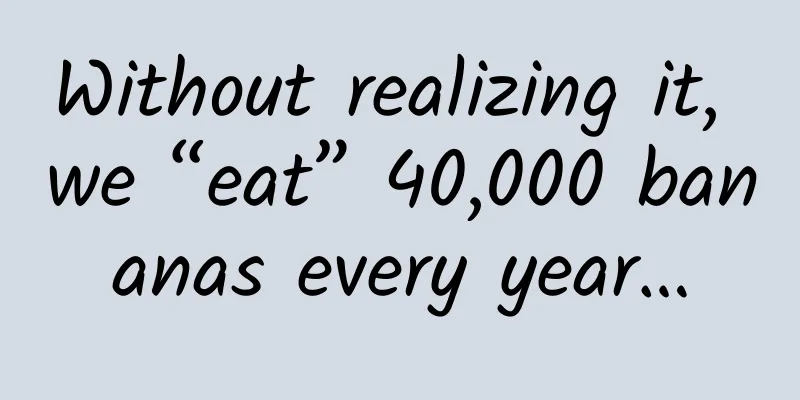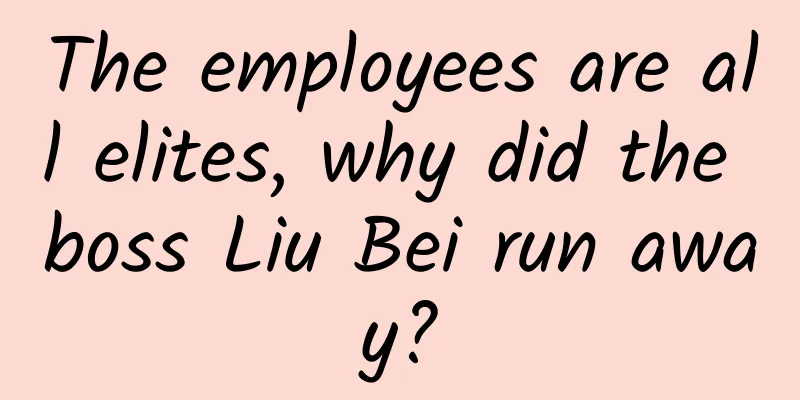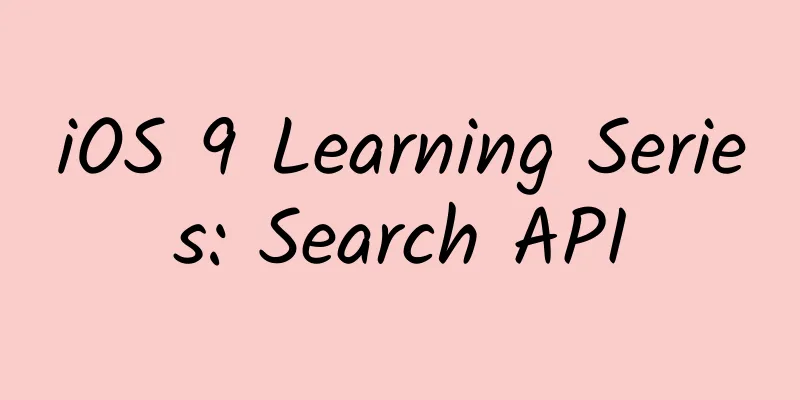Without realizing it, we “eat” 40,000 bananas every year…

|
Produced by: Science Popularization China Author: Science Scraps (Popular Science Creator) Producer: China Science Expo Hearing the word "radiation", many people will subconsciously feel fear. But in fact, radiation is everywhere in life. Even if we turn off all WIFI and shut down all signal towers and base stations, we will still be affected by the background radiation in the environment; we can see a variety of colors thanks to electromagnetic radiation; even the bananas, melon seeds and potatoes we eat have radiation. Therefore, we cannot conclude that radiation is necessarily bad. Let’s talk about the radiation around us. Ionizing and non-ionizing radiation Radiation in life can be roughly divided into two categories according to the energy level: ionizing radiation and non-ionizing radiation . Ionizing radiation has a relatively high energy and can strip at least one electron from other atoms and molecules, while non-ionizing radiation cannot. Let’s first look at the non-ionizing radiation that is more common in our lives. Although the word "radiation" is in its name, non-ionizing radiation can be found everywhere in daily life and is very important. We can see everything in the world thanks to visible light, which is essentially a kind of electromagnetic wave radiation and is non-ionizing radiation. Visible light is a type of non-ionizing radiation (Image source: wikimedia) In addition, infrared rays, mobile phone signals, WIFI signals, and microwaves emitted by microwave ovens are all non-ionizing radiation. Under normal use, these non-ionizing radiations will not have adverse effects on the body. The radiation produced by microwave ovens is non-ionizing radiation and can be used to heat food (Image source: wikimedia) In contrast, ionizing radiation has a higher energy. Nuclear radiation, which is often referred to as ionizing radiation, is not limited to nuclear radiation. It is also common in daily life. For example, the radiation emitted by X-rays and CT scans in hospitals and the security scanners that check luggage at stations and airports are all considered ionizing radiation. In places where ionizing radiation occurs, you will often see signs like the one shown below. Ionizing radiation (Image source: wikimedia) When we see such signs, we should try to stay away from them, for example, don't put your hands or head into the subway security scanner. When the patient is undergoing a chest X-ray, the family members should also leave the room where the chest X-ray is being done. However, there is no need to worry about routine medical examinations and passing through security gates at airports and stations endangering your health, because ionizing radiation also depends on the "exposure dose." Ionizing radiation also depends on the dose Although ionizing radiation is indeed higher in energy than non-ionizing radiation, it does not mean that all ionizing radiation is harmful to health. For ionizing radiation, we cannot "discuss toxicity without considering the dose." In nature, many elements have radioactive isotopes, which release ionizing radiation all the time. For example, uranium-235, which is used as nuclear fuel, is a radioactive isotope. In the story of Marie Curie that we heard when we were young, the radium element that Marie Curie studied was also highly radioactive. These elements sound far away from our lives, but in addition to uranium and radium, we can also come into contact with many types of radioactive isotopes in our daily lives. Radioactive element radium (Image source: wikimedia) For example, the bananas we usually eat are rich in potassium, and potassium also has a radioactive isotope potassium-40. It releases ionizing radiation all the time, but because the radiation dose is so low, we have never heard of anyone suffering from radiation poisoning from eating bananas. Bananas are rich in potassium (Image source: wikimedia) In addition, potassium-40 and carbon-14 (radioactive isotopes of carbon) also exist in the human body, which also continuously release ionizing radiation. When we sleep in the same bed with others at night, we will also be exposed to the ionizing radiation emitted by others, but the dose of these ionizing radiations is also very small and will not have any effect on the human body. In fact, there is a unit of measurement used to judge the impact of radiation on organisms, called "Sievert" (abbreviated as Sv). But this unit is very abstract. In order to understand the impact of ionizing radiation more vividly, some people proposed the concept of "banana equivalent", which means converting the radiation dose brought to people by various behaviors into "how many bananas you eat". For example, the radiation dose we receive from eating a banana is about 0.1 microsieverts. However, the radiation dose received from passing through an X-ray security gate at an airport is less than 0.2 microsieverts, which is equivalent to eating two bananas. Now, let’s list some more “banana equivalents” in our daily behaviors. Can living near a nuclear power plant harm your health? After understanding the ionizing radiation doses brought about by various matters, let’s discuss a question that everyone may be concerned about: If you live near a nuclear power plant, will nuclear radiation affect your health? In fact, if you live near a nuclear power plant, you don’t have to worry about the radiation from the nuclear power plant. For example, a 2019 study showed that within a range of 0-5 kilometers around the Haiyang Nuclear Power Plant (this distance is very close to the nuclear power plant), the annual effective dose per person caused by the nuclear power plant radiation was 95.8μSv, which is equivalent to eating 958 bananas per year. (Image source: Reference [1]) Compared with the previous data, the background radiation we receive from the environment every year is equivalent to eating 40,000 bananas. So this radiation can be completely ignored . If we make a comparison, instead of worrying about radiation from nuclear power plants, we should worry about the radiation hazards caused by smoking. A 2009 study found that the radioactive isotopes inhaled into the lungs of smokers produce about 252 μSv of ionizing radiation to the human body each year, which is equivalent to eating 2,520 bananas per year and is about 2.6 times the radiation dose of living within 0-5 kilometers of a nuclear power plant. Conclusion Although the word "radiation" is associated with danger in many people's minds, when we understand it more deeply, we will find that we don't need to worry too much about radiation in our lives. Not all types of radiation are harmful to the human body. Next time you see a rumor about radiation, ask yourself two questions: Is it ionizing or non-ionizing radiation? And how many bananas would the radiation dose be equivalent to? References: [1] Yang Baolu, Zhou Qiang, Zhang Jing, et al. Investigation and evaluation of environmental gamma radiation dose rate levels in the area surrounding the Haiyang Nuclear Power Plant[J]. Chinese Journal of Radiation Health, 2019, 28(1): 85-87. [2] World Health Organization: Ionizing Radiation and Health Effects, [3] International Atomic Energy Agency: Radiation in Everyday Life, National Nuclear Safety Administration: A Brief Discussion on Radiation [5] Encyclopedia of China: Non-ionizing Radiation [6] Encyclopedia of China: Ionizing Radiation [7] Papastefanou C. (2009). Radioactivity of tobacco leaves and radiation dose induced from smoking. International journal of environmental research and public health, 6(2), 558–567. [8] Nuclear and Radiation Safety Center of the Ministry of Ecology and Environment: What are the main dose limits of international basic safety standards? |
Recommend
This article tells you how to do video SEO marketing?
SEO video marketing starts with figuring out who ...
About 60% of netizens are unwilling to pay for iPhone 12, but Apple's official website is overwhelmed by the rush? The truth behind the "really good" is...
This weekend, domestic netizens once again experi...
Audi's 40 millionth engine is an electric motor, and domestic manufacturers have successfully completed the curve overtaking
Recently, the 40 millionth engine officially roll...
Here’s what adults should know about school bullying!
School bullying is defined as an incident in whic...
How to invest in Tik Tok information flow? Tik Tok information flow advertising click-through rate!
As the most direct profit channel for short video...
I spent thousands of dollars on a 5G phone, but why is the Internet speed still so slow? The answer is out
I believe many people have encountered this probl...
From 2019 to 2020, these 4 marketing trends will not change
2019 has finally come to an end. This year the ma...
ocpc package is well built, conversion rate increased by 56%
Ocpc has been working well since it was first use...
"Men giving birth to children" has come true? For the first time, adult mice with two "fathers" have been bred | Science Weekly
Compiled by Zhou Shuyi and Pingsheng New research...
It has snowed in the north, but for people in the south, it is just the right time to see the yellow leaves.
A few days ago, thick snow fell in the north. Wha...
Note to developers: Android M's permission mechanism
Introduction Before the release of Android M, the...
How to build a user growth system from scratch?
Recently, I have received a lot of inquiries abou...
China Association of Automobile Manufacturers: 2021 China Automobile Industry Economic Operation Report
In 2021, automobile production and sales reached ...
Get the guide to creating hot-selling products in the second category of e-commerce!
Nowadays, "Internet + e-commerce" has p...
Shocking! Eating too much high-protein food can cause such serious harm! After reading this, do you still dare to eat like this?
Compiled by: Gong Zixin High-protein diet is a po...









